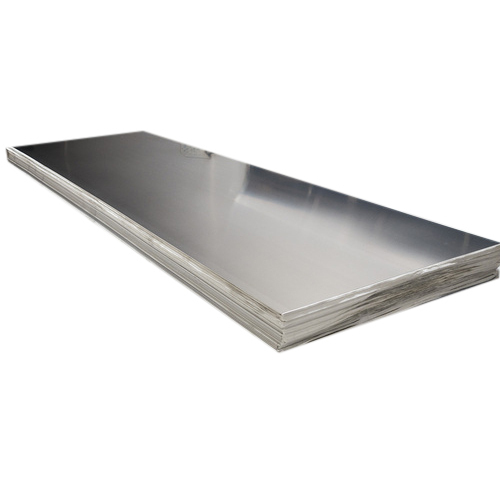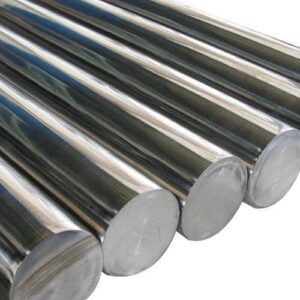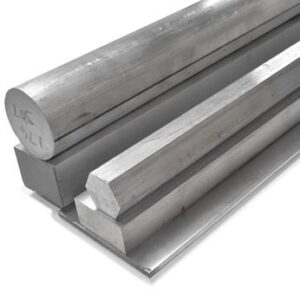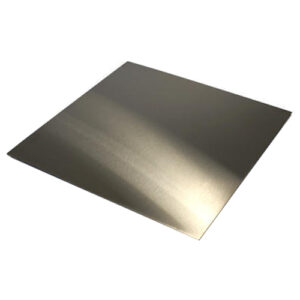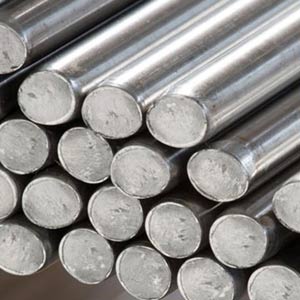Specifications: UNS S42000
Applications:
Alloy 420 is used for a variety of applications where good corrosion and outstanding hardness is necessary. It is not usually used at temperatures exceeding 800oF (427oC) due to quick hardening and loss of corrosion resistance. Examples of applications that use alloy 420 include:
- Cuttery
- Knife blades
- Surgical instruments
- Needle valves
- Shear blades
- Scissors
- Hand tools
Standards:
- ASTM/ASME: UNS S42000
- EURONORM: FeMi35Cr20Cu4Mo2
- DIN: 2.4660
Corrosion Resistance:
- Less resistant than the austenitic grades and the 17% chromium ferritic alloys
- Good resistance in the hardened condition to the atmosphere, foods, fresh water, and mild acids
- Resistance lowered in the annealed condition
- Best with a smooth surface finish
Heat Resistance:
- Not recommended for use above the relevant tempering temperature because of reduction in mechanical properties
- Scaling temperature is approximately 1202oF (650oC)
Machinability
- Tough, stringy chip build-up.
- Similar to machining some of the high carbon tool steel
Welding
- Not commonly welded due to air hardening characteristics.
- Welding may be performed after preheating to 300-400 F
- Post weld tempering at temperature for 2 hours
Hot Working
- Recommended to bring temperatures slowly up to 1400, then on to 2000-2200 F
- Furnace cool slowly to avoid cracking, after furnace working
- Reheating is necessary to keep working temperature above 1600 F.
Cold Working
- Can withstand only minor cold work.
- Radical forming operations will result in cracking.
Annealing
- Anneal at temperatures between 1550-1650 F (843-900 C)
- Allow for slow furnace cooling.
Tempering
- Temper at temperatures of 300-400 F
- Air cool for maximum hardness and corrosion resistance.
Hardening
- Soak at 1850-1950 F to quench in heated oil.

